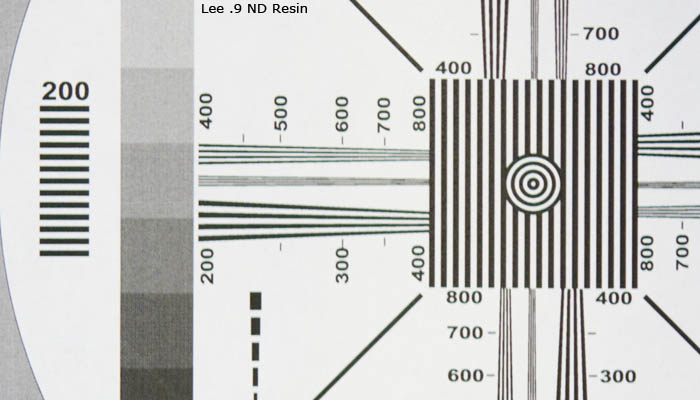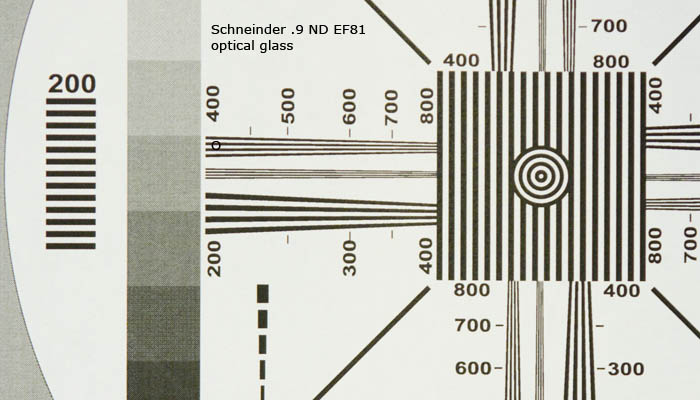Glass vs Resin Filters Review
Do Glass Filters Make A Difference For DSLR Shooting ?
A few months ago I bought a .9 ND filter on ebay. I asked the seller if this was a glass filter and was told yes. I bought it. You of course can guess what came was in fact whats called a resin filter which is a better word then plastic. The seller said they made a mistake, and gave me a partial refund to even the deal out and I was ok with that.
I was just happy to have some decently strong ND for my lenses when shooting outside. I shot a bit with this lens, and I certainly had some concern about if it was really having some effect on the images I was shooting. Plenty of knowledge says a filter like this won’t perform as well as a glass one. After all, who’d pay 3X-5X more for glass when plastic would do ? Well one quick difference is that plastic filters are much easier to scratch. What the real concern is, how does it perform and is it worth the extra money.
Here are actual images side by side of how it worked out. The lens was a Tamron 70-200 2.8 which a very sharp and excellent performing lens. The lens chart was actually one I printed on my laser printer and taped up on the wall. Yes I know technically not correct, but I’m not looking to measure lpm’s here in a scientific way. I just wanted a contrasty target to see what happens.
The two filters tested were the Lee .9 ND resin filter and Schneider ND.9 EF81. the images are 1:1 pixel crop of 5K stills
The results clearly show the plastic filter softening the image out quite a bit. I have 2 other shots which are softer, this is the sharpest of 3. With the glass filter you can actually see the dot pattern of the gray areas. The detail and sharpness of the Tamron is amazing, and the glass filter isn’t hurting it one bit.
In actual shot images this effect is visible, especially at longer focal lengths. Here are some shots from 1080p from the camera. These images have been scaled down, but you can click on them for the 1:1 crops.
The video shots are more interesting to say the least. Can you tell them apart ? They look pretty close actually at this size. Even at 1:1 they look pretty close. Now at this point I think I am going to redo this video test because I think the plastic filter looks every so slightly sharper. I have 2 guesses right now – motion blur / shutter speed blur. I shot one at 40/th and one at 50/th. While I feel certain I’d let the camera settle for a few seconds, maybe not. I was also using a Flo light on the chart. Last I did color correct these a bit to match exposure values. If I upped the contrast a little too much on the second one, it could account for making it seem a little sharper. So I think next week I’ll go redo this part. However, even if I get the expected results, they’ll still be pretty close I’ll bet.
Conclusion : I suppose after shooting this quick little test you’d figure I’d be tossing this resin filter out, but I’m not. For video purposes, you may get away with using some resin / plastic filters, especially if you need a softer look or want to try to tame some aliasing / moire. While this may not be my prime ND filter to normally use, it may serve some special purposes. In a choice between sharpness and artifacts or softer and no artifacts, some subject will be ok being a little softer.

